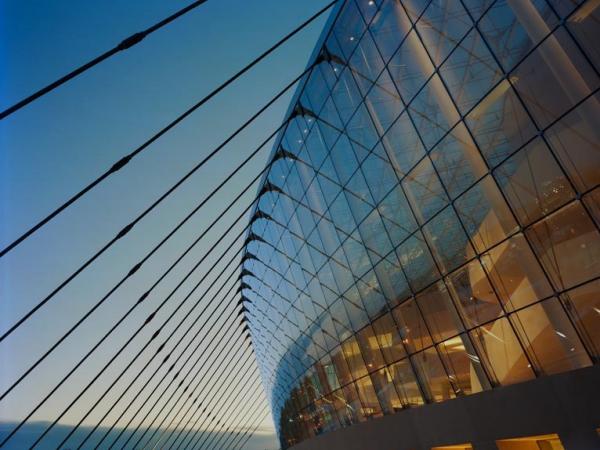
Date: 16 March 2016
Architecturally the most important aspect of a building, facades have transformed, altered and evolved into an expression of contemporary design and reflect the brilliance and concept of the architect themselves.
Also, if considered from an engineering facet, facades play a very important role in altering the constitution and sustainability of a building.
.jpg)
History of Facades:
Evolving from the Neo-Greek and Egyptian architecture to the Georgian buildings, facades have evolved from the simple and majestic Great Pyramids of Egypt to the elegant and royal Buckingham Palace in London, to the massive glass skyscrapers we see now. Contemporary facades are even more diverse and add to the sustainability of the building, not just its artistic value.
The changing trends in glass facades reflect a contemporary amalgamation of the traditional and non-traditional ideas. The modern facades extend far beyond the mere use of glass and composite panels for the spandrel area.
Indoor to outdoor boundaries can be diminished by using a more open façade that merges seamlessly with the interior of the building, giving it a more contemporary look. Architects can provide clients/customers with better lighting solutions, heating solutions and add vibrancy to the building by using a combination of tempered glass glazing and other laminates.
Depending on the degree of glazing, glass can conserve energy and reduce the need for artificial lighting. It will also retain heat in the cold season, hence keeping the rooms warm during winters. During summers, the glazing also prevents excessive heating and keeps the glare and harmful rays out. This gives the room a more open and enriched look and will increase the architectural evaluation of any building. The glazing solutions will enhance the façade of any structure and make it ecologically enhanced.
AIS Ecosense Glass and AIS Opal Glass are two popular façade solutions that can be used by architects and designers. These value-for-money products are available in a variety of natural shades that require the least amount of maintenance. Buying them from the right provider guarantees tailored solutions that suit your requirements.
Take a look at what we have to offer-
AIS Ecosense Glass: This type of glass is available in four different types of natural shades as mentioned below:
- Enhance (Solar Control)
- Exceed (Solar Control Low-E)
- Essence (Low-E) and
- Edge (solar control glass & thermal insulation – Low E)
By using AIS Ecosense glass you can create the perfect balance between indoor and outdoor that suit the unique Indian climate.
AIS Opal Glass: A popular choice for heat reflective glass, using this product will help your clients maintain a comfortable temperature within the buildings. As a result, this type of glass is a smart choice for exterior glass and looks stylish as well.
With such products and technology at your disposal, creating the ideal aesthetic, economic and environmental solution can be done without any difficulty.
 600450
600450


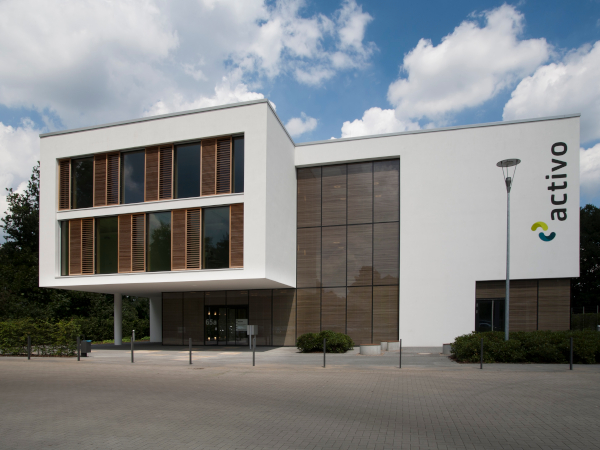
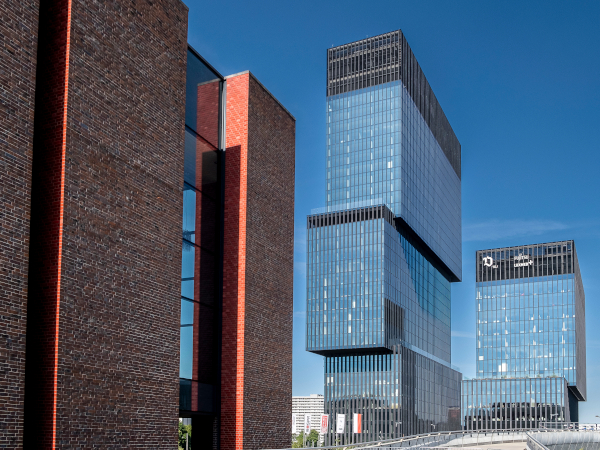


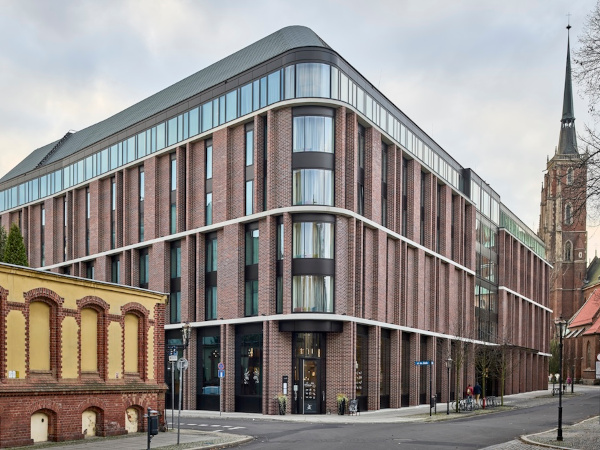






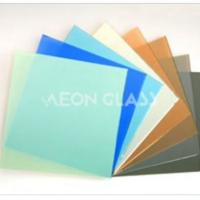
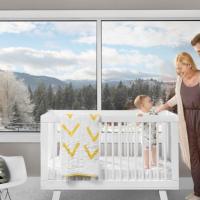

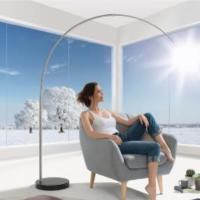
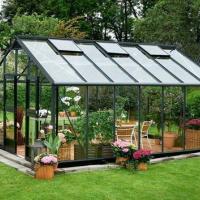
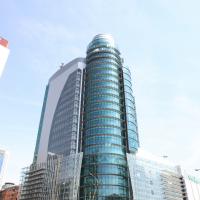
Add new comment